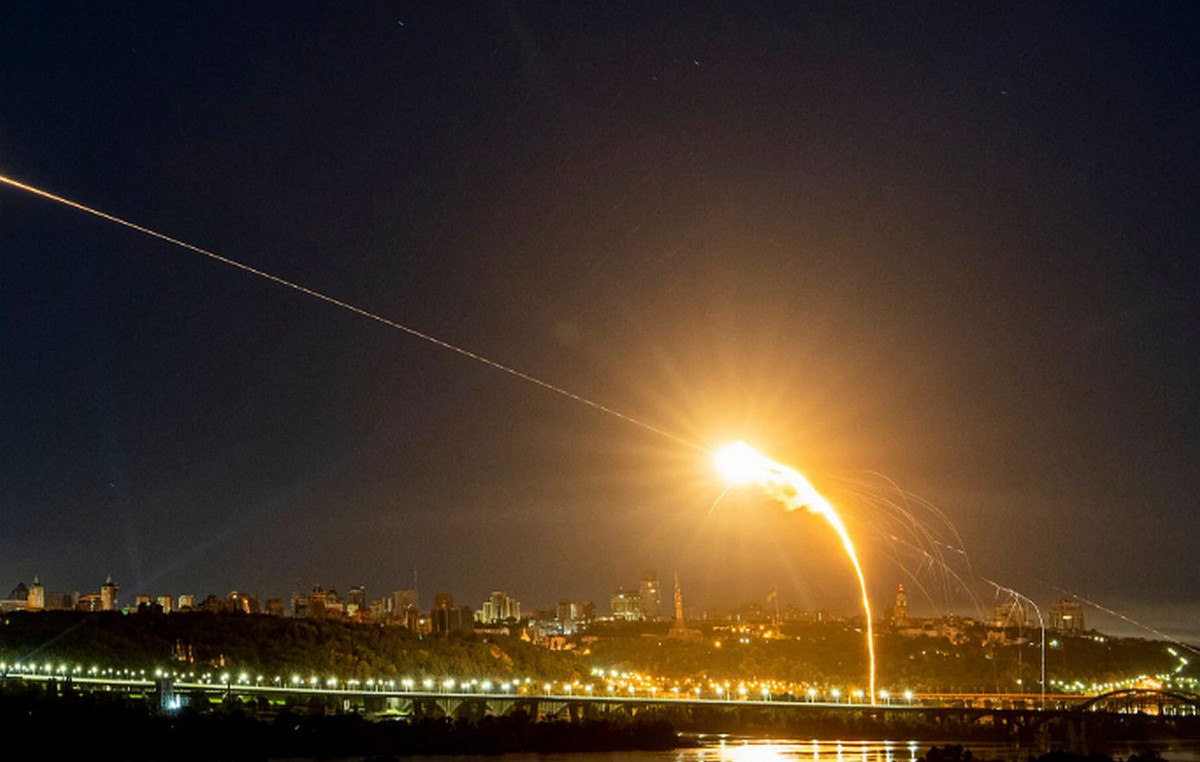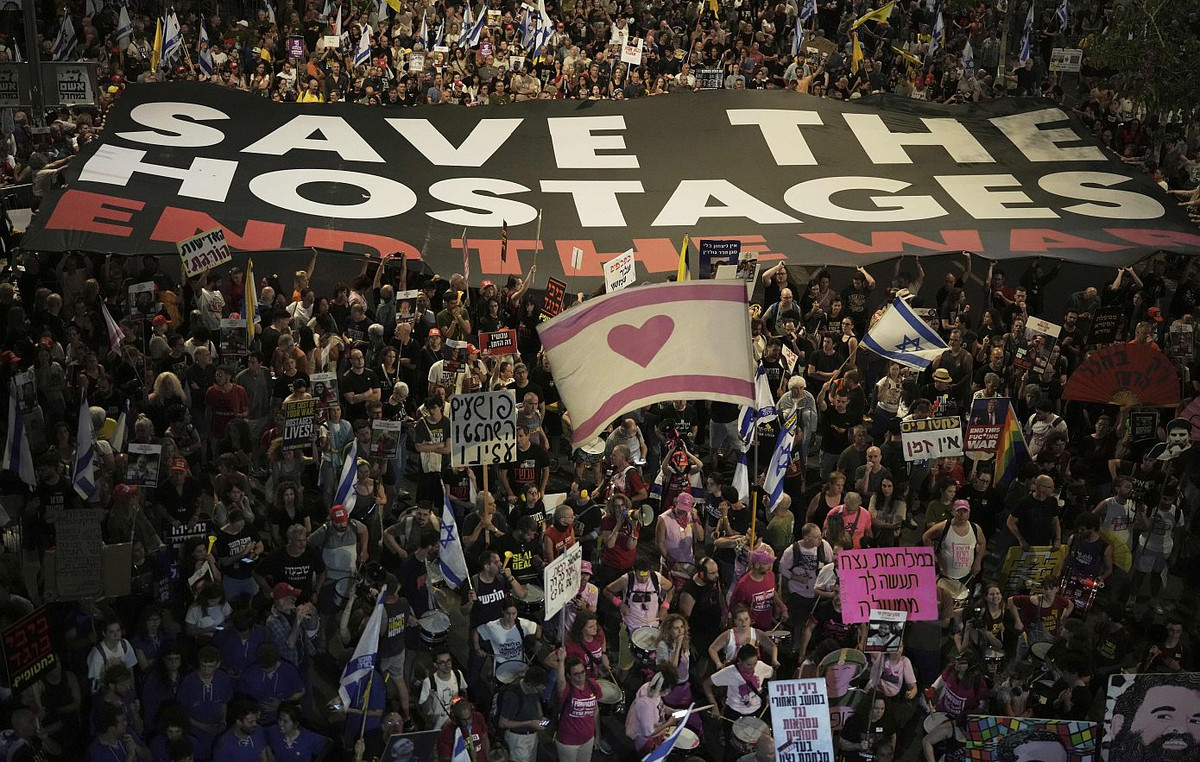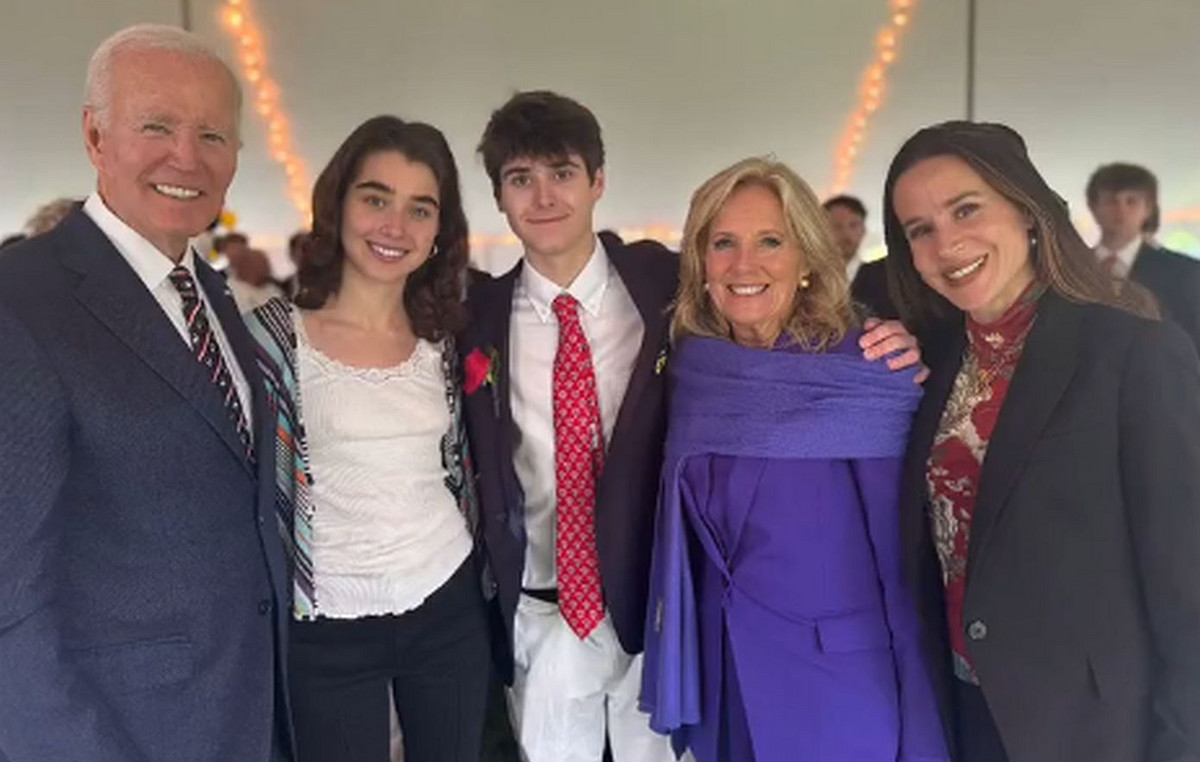Researchers from the University of São Paulo (USP) point out that although Covid-19 is asymptomatic or mild in the vast majority of cases in athletes, about 8% of this population develops persistent symptoms, which can affect performance and even delay the return. to training and competitions.
The data are from a study carried out from the analysis of 43 scientific articles that describe the impacts of the disease on 11,500 athletes, including amateurs and high-performance professionals. The work, which was supported by the Fundação de Amparo à Pesquisa do Estado de São Paulo (Fapesp), was published in British Journal of Sports Medicine.
“We studied both the acute condition of the disease, seeking to assess the manifestations and severity, as well as the persistent symptoms, recorded after the virus had already been eliminated from the body. It is something a little more comprehensive than what is conventionally called long Covid”, explains Bruno Gualano, professor at the USP School of Medicine and research coordinator.
According to the article, 74% of athletes had symptoms in the acute phase, the most common being anosmia/ageusia [perdas de olfato e paladar, respectivamente] (46.8%), fever/chills (38.6%), headache (38.3%), fatigue (37.5%) and cough (28%). Only 1.3% progressed to the severe form of the disease.
Gualano points out that the rate of severe cases among athletes is similar to that observed in the average population. The percentage of asymptomatic cases is more difficult to compare. “Many infected with mild symptoms go unnoticed in the general population. Among athletes, who undergo frequent evaluations, these cases tend to be more diagnosed,” he says.
In the researcher’s assessment, the most innovative findings of the research refer to what happens after the acute phase. Between 3.8% and 17% of athletes (confidence interval with a mean value of 8%) develop persistent symptoms, including anosmia/ageusia (30%), cough (16%), fatigue (9%) and chest pain (8%).
“We observed that 3% develop exercise intolerance. It’s not something serious, life-threatening, but in the sporting context it can be a problem. In the case of elite athletes, any difference in preparation can determine who makes it to the podium, due to the competition”, comments Gualano.
custom protocols
The protocols adopted by sports confederations in general authorize the return to practice five days after the onset of symptoms caused by SARS-CoV-2. In Gualano’s assessment, however, the study shows that not all athletes will be able to resume training in this period.
“The ideal is for the athlete to undergo a careful evaluation and, in case of persistent symptoms, it may be necessary to modulate the load or even postpone the return until the situation is resolved”, he says.
Although previous studies suggested that Covid-19 would increase the risk of inflammation in the heart (myocarditis) in this population, the review conducted by the USP group did not confirm the hypothesis.
“In studies in which there was some type of control group, it was not possible to observe a causal relationship between the infection and the heart problem. One possibility is that the athletes already had myocarditis, which was only discovered because of imaging tests done after Covid-19. However, the absence of evidence does not mean that this relationship does not exist. More studies should be done on this,” he says.
Gualano points out other gaps in this field of knowledge that still need to be filled by future research. One of them is the impact of the Ômicron variant and its subvariants on athletes, since most of the articles predate the emergence of new strains of the coronavirus.
“Apparently, a smaller number of athletes have come to us with persistent symptoms, but we don’t know if it’s because of the variant, vaccination or previous immunity. We also do not know the vaccine response to subvariants of Ômicron. We need to continue studying athletes in this new context of the pandemic,” he says.
Source: CNN Brasil





